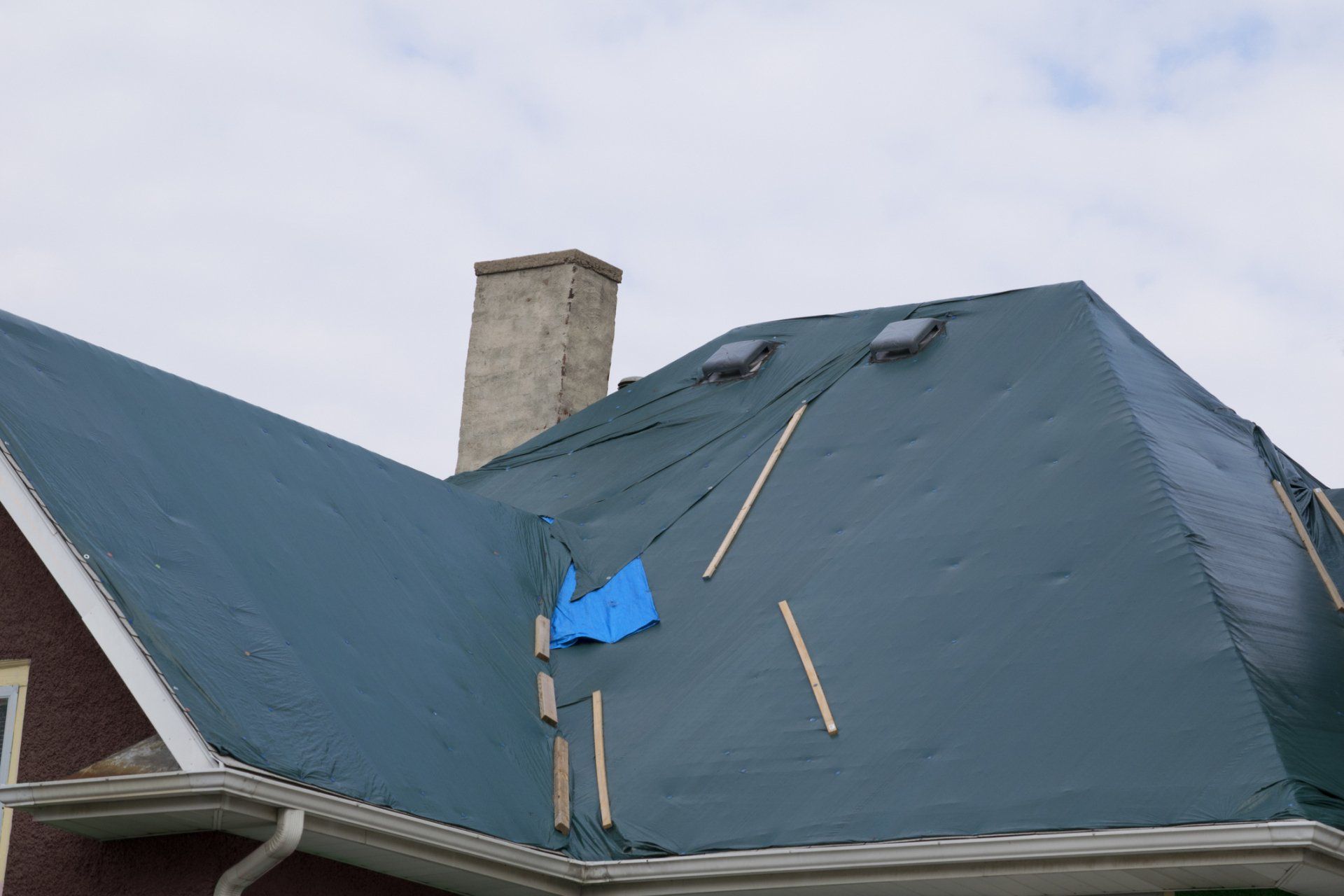What is a Gable Roof?
A Gable roof is a type of roof that has two sloping sides which meet at the ridge to form a gable shape. They are also known as gabled roofs or pitched roofs. We will also go over some of their advantages and disadvantages in comparison to other types of roofs such as hip and flat ones.
Types of Gable Roofs – side, box, crossed, front, and Dutch
Gable roofs are generally made out of sheet metal or shingles, but you can also make gables out of wood. There are many gable roof types if the gables are square, triangular, pointed, etc. The gables can also be symmetrical or asymmetrical depending on what you want to use your gable roof for.
Side Gable
Side gable roofs are gable roofs without a gable front (so, not gable gables). They still have the same gabled shape, but because there is no gable front, they are much less uncommon. These types of roofs are mainly used on small buildings or storage sheds.
Box Gable
Box gable roofs are the most commonly used gable roof type. In this gable, you have a triangular-shaped gabled end on either side of your building with no slope at the top making them flat. This is where they earned their name from because box gables look like boxes sticking out from each end.
Crossed Gables
Crossed gables also have two sloping sides that meet at the ridge to form the gabled shape. The difference is that these gables are one above the other rather than side by side. Crossed gables are commonly used on Tudor-style homes, and can be found in various styles of architecture including Colonial Architecture and Queen Anne style.
Front Gable
Front gable roofs rise from the ground at an angle, with two gables on either side of the ridge. They are mainly found in Colonial Architecture and Prairie-style houses, giving them a barn appearance.
Dutch Gable
Dutch gable roofs have two symmetrical gables that form an inverted V shape at the top of the roof, which is common for some Dutch architecture like canal houses (traditional Dutch homes).
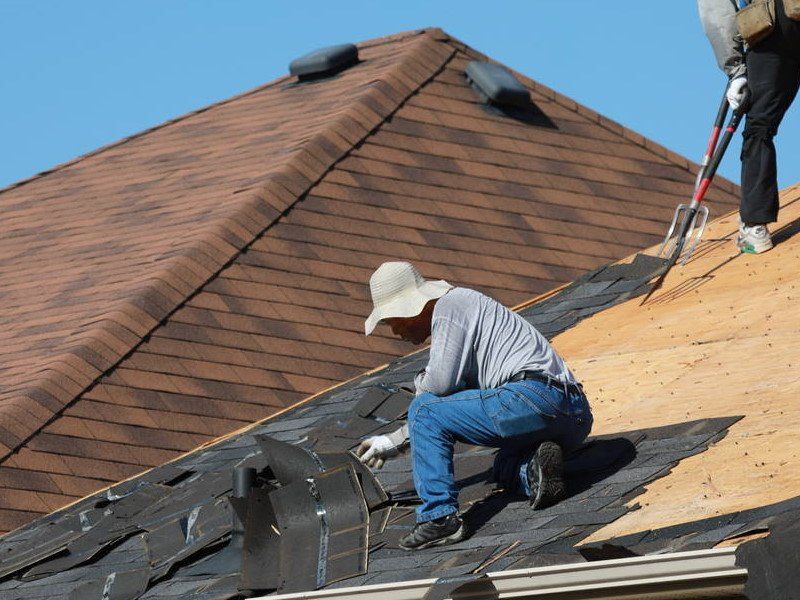
Advantages of Gabled Roofs
Gable roofs provide multiple benefits, including strength, ventilation, and stability. Furthermore, gable roofs can increase curb appeal and help protect you from the elements by keeping the rain out of your home during storms and protecting it from high temperatures in the summer months. If you're considering new siding or an upgrade to your roofing system, gable roofs are a good option to consider!
Visually Attractive
Gabled roofs are attractive and visually appealing. This makes gabled roofing a good choice for people who want to make the most of their homes' exterior. Furthermore, gabled roofs can provide stability and ventilation. They can also increase curb appeal and help protect your family from the elements. If you're considering new siding or an upgrade to your roofing system, gable roofs are a good option to consider!
More Headroom
Gabled roofs provide more headroom. This means that your living space will be well-ventilated and comfortable all year long. Gables also protect homes from the elements, including strong winds during storms or high heat in the summer months. If you're considering new siding or an upgrade to your roofing system, gable roofs are a good option to consider!
Stability and Strength
Gabled roofs provide stability. This means that gabled roofing is a smart choice for homeowners who want a sturdy design that will last from year-to-year or even decade to decade. Furthermore, gable roofs can protect you from the elements by keeping rain, wind, and snow out. If you're considering new siding or an upgrade to your roofing system, gable roofs are a good option to consider!
Increased Curb Appeal
Gabled roofs provide increased curb appeal because they are attractive structures that stand up well in high winds without breaking down during storms. They also help protect homes from the elements, which can increase a home's value. If you're considering new siding or an upgrade to your roofing system, gable roofs are a good option to consider!
Weather Protection and Energy Efficiency
Gabled roofs provide weather protection by keeping the rain out of homes during storms as well as insulation from hot temperatures in the summer months. Moreover, gables can help protect homes from high winds during storms without breaking down. If you're considering new siding or an upgrade to your roofing system, gable roofs are a good option to consider!
Gable Roof Framing
A gable roof is framed by two gable end walls, opposite each other. These gable end walls are the outermost walls of the roof. The gable end walls, in turn, may be supported by a gable wall or rafter wall. A gable roof typically has a gutter and downspouts along its gables and ridges.
Gable roofs are usually framed with wood or metal studs, rafters, joists, girders, panels, boards, plywood, felt paper, and tar paper. They can have panels installed on the gables for decoration just like other roof shapes.
This gable roof is framed with gable wall studs, girt joists, purlins, girders, and diagonal sheathing. The spaces between the rafters are filled with plywood panels that have been cut to fit individual pairs of rafters where they meet at a ridge board. This type of framing allows for insulation between the gable end walls.
Gable roofs typically have gutter and downspouts installed along their gables, ridges, and gable end walls.
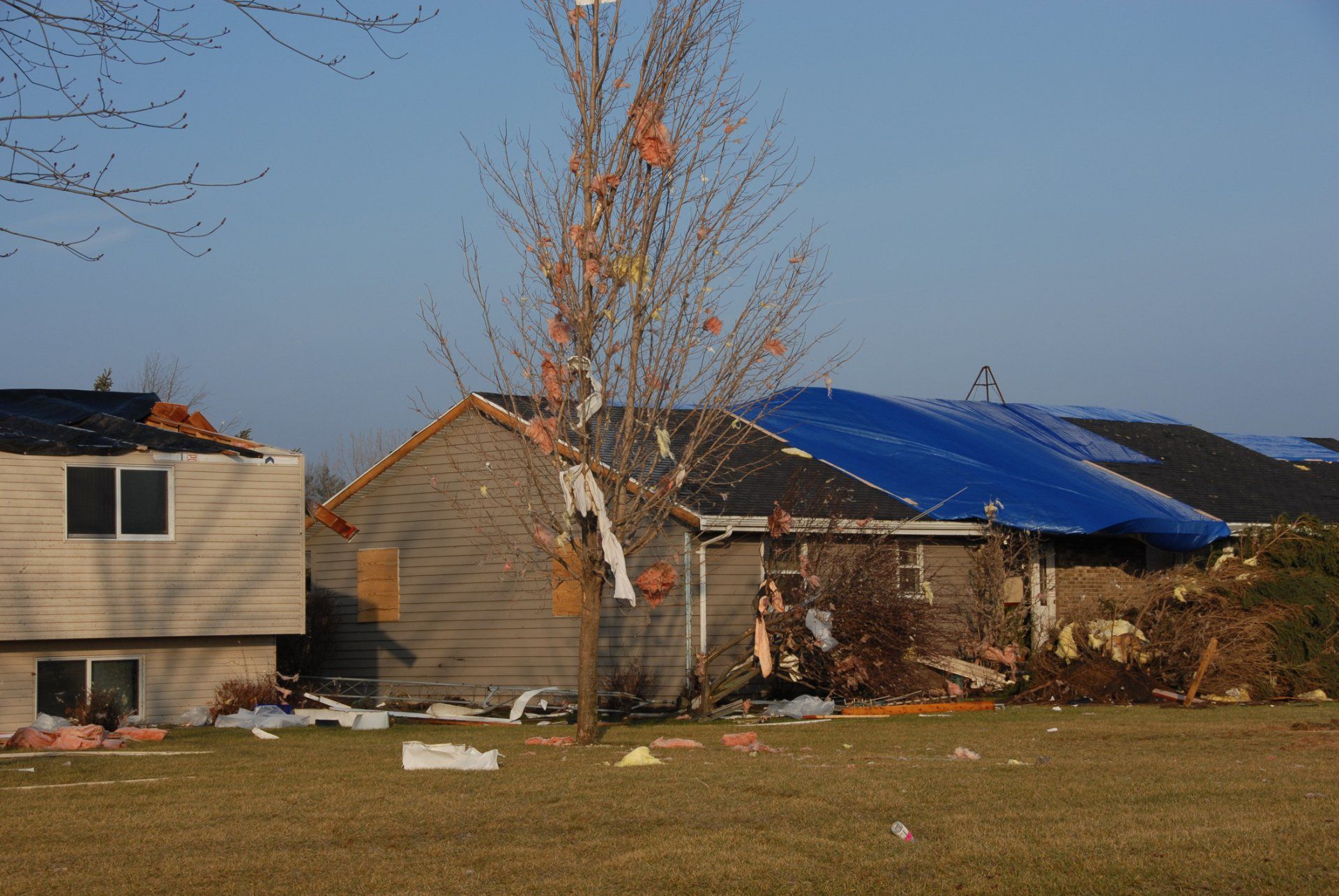
Gabled vs Hip Roof: Which is Best?
A gabled roof is the classic, old-fashioned style that's been around for centuries. The slanted sides have long eaves which hang over the walls of a building to protect it from rain and snow.
A hip roof is one in which all four edges are either vertical or sloped at 90 degrees to each other. They're often used in modern architecture because they allow more space inside by removing the need for eave overhangs.
Gable roofs are simple, easy to construct, and offer homeowners stability. Gables use an inner girt beam for stability as well as interior girt beams as stabilizers. The gable edge walls also provide strength and stability which make them an ideal shape for strong winds.
Hip roofs are typically sturdier and last longer than gable roofs. The gable roof is more vulnerable to gale winds because of its slant. However, gables are easier to construct and less expensive than hip roofs. Gabled roofs have a smaller pitch angle which allows water to drain off better when compared with hips which allow for greater accumulation of snow in the winter months.
So, gable roofs are usually easier to
construct and offer homeowners stability. Hip roofs tend to be more expensive, but they last longer because gables aren't as sturdy in high winds or snowstorms.
FAQs
What are gable roofs made of?
Gable roofs can be constructed with wood or metal studs, rafters, joists, girders, panels boards plywood felt paper, and tar paper. They also have the option for gables to include decorative features like shingles or siding. Since hip roofs do not have gables, they are usually constructed from wood or metal studs rafters joists girders panels boards plywood felt paper, and tar paper.
What are gable roofs used for?
Gables can be adapted to a wide range of structures such as homes, barns, and garages. Hip roofs aren't usually found on residential buildings but they're often seen in commercial or warehouse applications since gabled roofs tend to not hold up well under the weight of snow accumulation.
What does a gable end roof mean?
A gable end roof usually refers to a gabled, double-pitched roof that has one slope on each side. With this type of gable design, the gables are not symmetrical and lack vertical ends or ridges. Gable end roofs can also be asymmetrical in pitch with two different pitches for the gables instead of
How do you repair a damaged gabled roof?
Repairing your own gabled roof is possible, but it's safer and more practical to hire a gable roofing contractor.
What is the difference between Dormer and Gable Windows?
Dormer windows are installed on gabled roofs and gables that create a triangular shape. The gable will be pointed down and the dormer will be pointed up. The gable and dormer windows can also come in a variety of shapes and sizes. Older homes may have gables with gabled dormers while newer homes might use gabled dormers.
Gable windows are gabled, gated, or arched openings that can come with a single opening or be divided into two by vertical bars of wood. The gables will either point downward toward the ground or upward to create an arch-like shape. Gables may also be used as ventilation on roofs and walls and they often feature decorative designs like gothic gables with pointed roofs.
What are the different types of gable roofing materials?
Gable roofs can be made from many different kinds of material including wood, asphalt shingle, clay tile, metal slate, and concrete tiles. Different gabled roof designs will have their own set of requirements when it comes to gable roofing materials.
Contact Southern Roofing System For gable roofing services
We're gable roof experts and we'll help you choose the right gabled roof for your home or commercial building. We provide free estimates and our gable roofs come with a warranty, so contact us today!

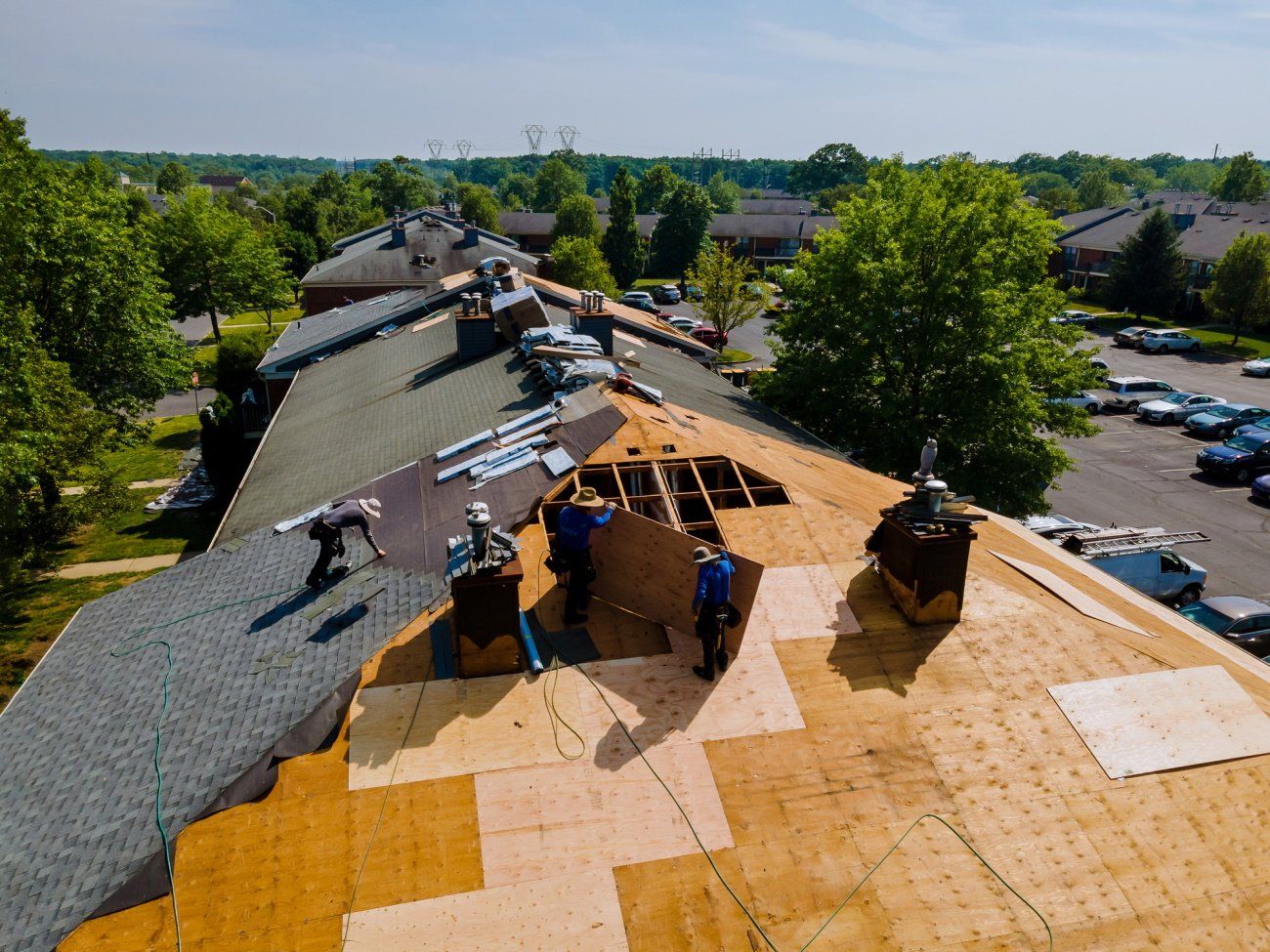
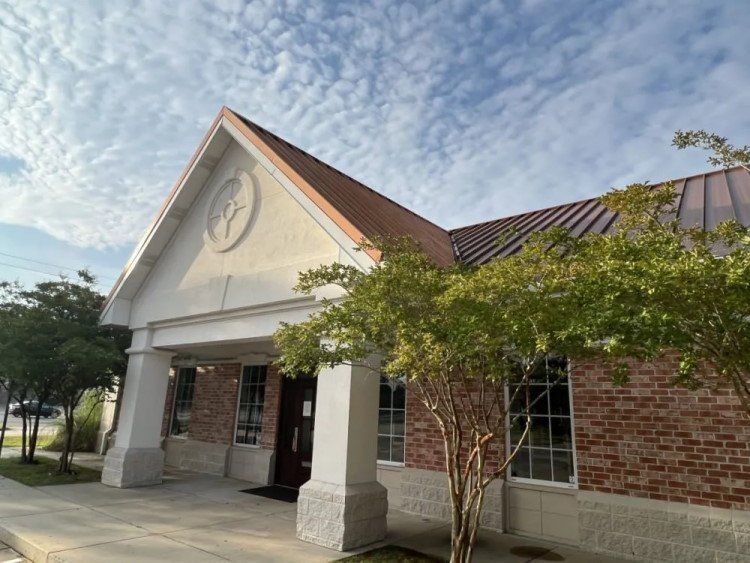
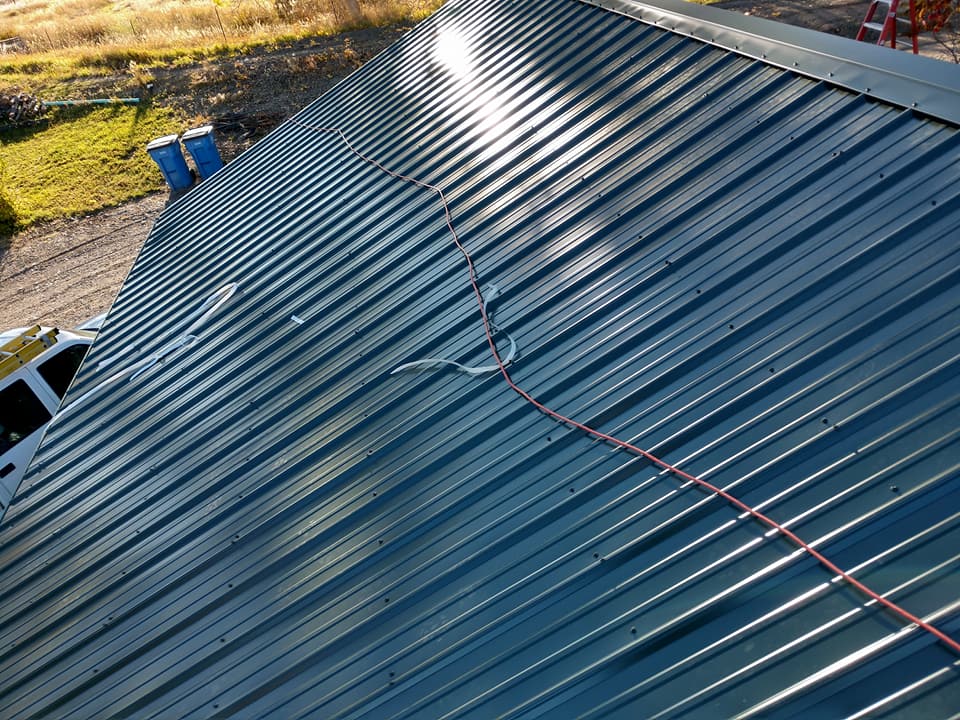

![What Is Torch Down Roofing? [Benefits and Downsides]](https://lirp.cdn-website.com/d89ea654/dms3rep/multi/opt/iStock-1092069734-6690c8ea-1920w.jpg)
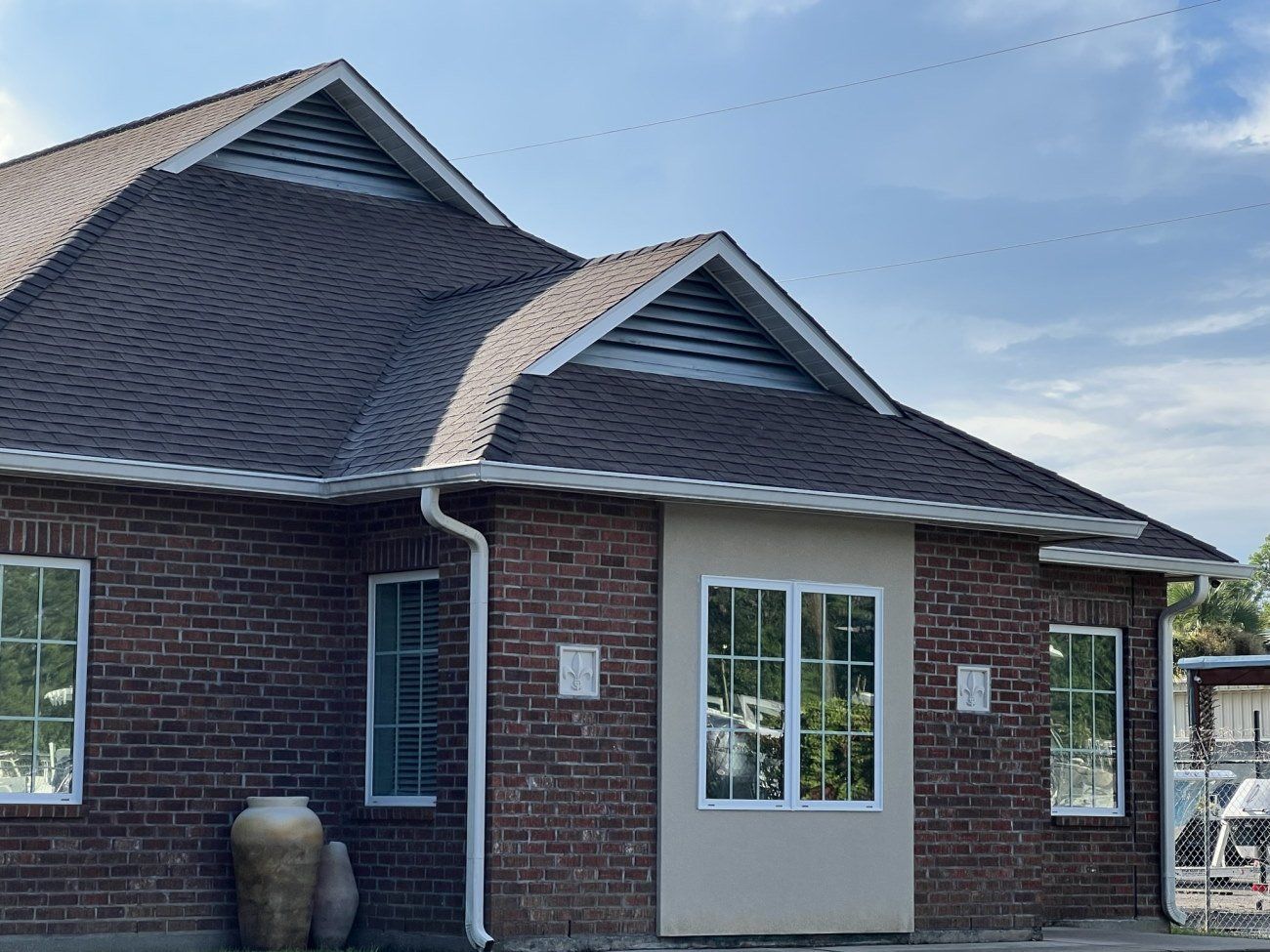
![How to Remove Moss from Your Roof [The Ultimate Guide]](https://lirp.cdn-website.com/d89ea654/dms3rep/multi/opt/older+roof+in+need+of+roof+repair+in+Orange+Beach-1920w.JPEG)
